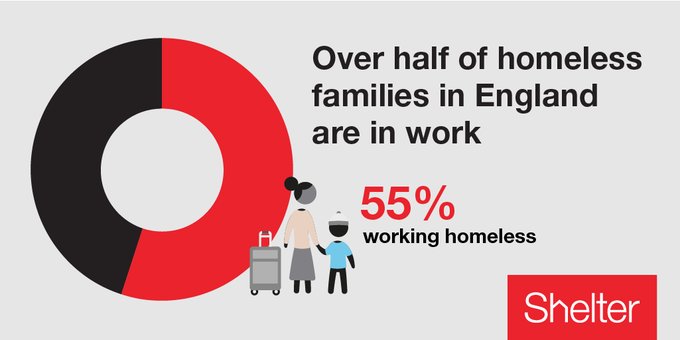Property prices in Scotland increased by 3.9% in the 12 months to July 2018, more than double the rate of growth recorded in England and Wales, the latest index data shows.
The average price is now £181,075 and Edinburgh and Glasgow accounted for a third of Scotland’s increase on a weight adjusted basis, according to the Your Move index.
However, on a monthly basis, prices in Scotland fell for a third consecutive month in July, dropping 0.4% but the index report says that while price growth has slowed in Scotland, the market continues to be supported by low interest rates and more affordable housing than most regions in the UK.
A breakdown of the figures show that prices in Edinburgh were up 4.6% annually to a average of £266,614, while growth in Glasgow was 4.1% to £159,700.
But overall growth was led by the Shetland Islands, at 14.6%, with increases across all property types, but particularly in detached properties. On the mainland, prices in West Dunbartonshire, which has direct trains to both Glasgow and Edinburgh, have increased 12.6%, boosted by sales of high value properties over £300,000.
West Lothian, another major contributor to the market, meanwhile, has also recorded double digit annual growth, with prices up 12%.
On a monthly basis, increases are led by Stirling, with prices up 3.7% in July to £208,077. It was one of two areas to set a new peak price in the month, with Renfrewshire the other. Prices there increased 1.4% in the month and are up 8.5% annually to reach £156,619.
When it comes to prices falls, the biggest are in East Ayrshire, the second cheapest area in Scotland, which has seen prices drop 3.1% annually, while the second biggest drop is in East Renfrewshire, the second most expensive area in the country where prices fell by 1.3%.
‘The market in Scotland is holding on. While everything is notably slower, almost all areas continue to show annual growth, and drops still remain modest,’ said Christine Campbell, Your Move managing director in Scotland.
Source: Property Wire


